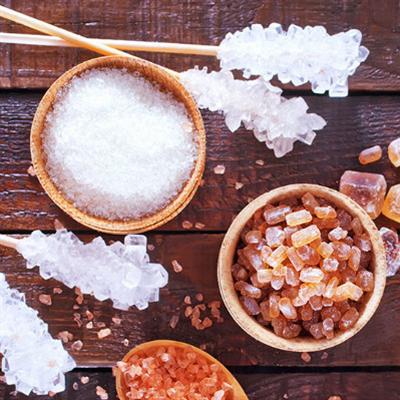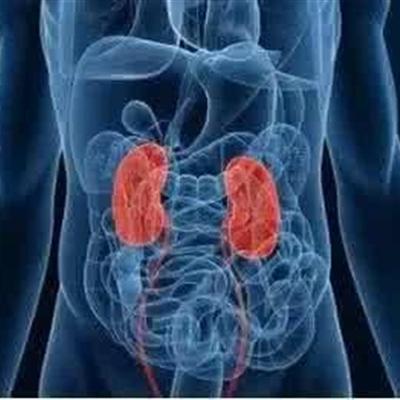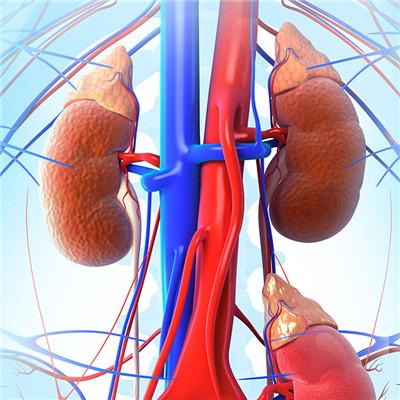What symptom is vaginitis?
summary
Under normal circumstances, there are aerobic bacteria and anaerobic bacteria living in the vagina, forming a normal vaginal flora. Any reason will break the ecological balance between vagina and flora, can also form conditional pathogens. Clinical common are: bacterial vaginosis (accounting for 22% - 50% of female symptoms), candidal vaginitis (17% - 39%), trichomonal vaginitis (4% - 35%), senile vaginitis, young female vaginitis. What symptom is vaginitis? Let's talk about it
What symptom is vaginitis?
10% ~ 40% of the patients had no clinical symptoms. The main symptoms of patients with symptoms were increased vaginal secretions, fishy smell, especially after sexual intercourse, mild pruritus or burning sensation of vulva. Examination showed that the vaginal mucosa had no congestive inflammation, and the secretion was gray white, uniform, thin, and often adhered to the vaginal wall, so it was easy to wipe the secretion from the vaginal wall.

Candidal vaginitis: Vulvar pruritus, burning pain, sexual intercourse pain. Frequency and pain of urination. Urination pain is characterized by the stimulation of urine to edema of vulva and vestibule during urination, which leads to pain. Characteristic secretion: white and thick, like curd or bean dregs.

Trichomonas vaginitis: increased vaginal discharge characteristics: thin purulent, yellowish green, frothy, smelly. Vulvar pruritus: vaginal orifice and vulva. If combined with urethral infection: frequent micturition, urgency, pain, sometimes hematuria.

matters needing attention
It's better to eat soft and light food. Can choose japonica rice, glutinous rice, yam, lentils, lotus seed, coix seed, lily, jujube, longan meat, chestnut, black sesame, black soybean, mussel meat, walnut kernel, animal liver, eggs and other food tonifying spleen and kidney.

















